Are you ready to embark on unforgettable adventures without the stress of planning? Planning a trip shouldn’t feel like a daunting task.
With the right approach, you can craft detailed itineraries like a pro and make the most of your travel experiences.
Imagine having a step-by-step guide tailored for busy professionals like you, ensuring every aspect of your trip is meticulously organized.
Vacations don’t have to break the bank. By mastering the art of research and budgeting, you can enjoy a well-deserved getaway without financial worries.
Planning a trip isn’t just about logistics; it’s about creating a sense of anticipation and control that enhances your overall travel experience.
Stay tuned to discover how you can unlock the secrets to stress-free trip planning and make your travel dreams a reality.
1. Choosing Your Destination
Planning a trip can be an exciting but daunting task.
Here’s a detailed guide to help you choose your destination and make the most of your journey.
Considerations for Selecting the Perfect Spot
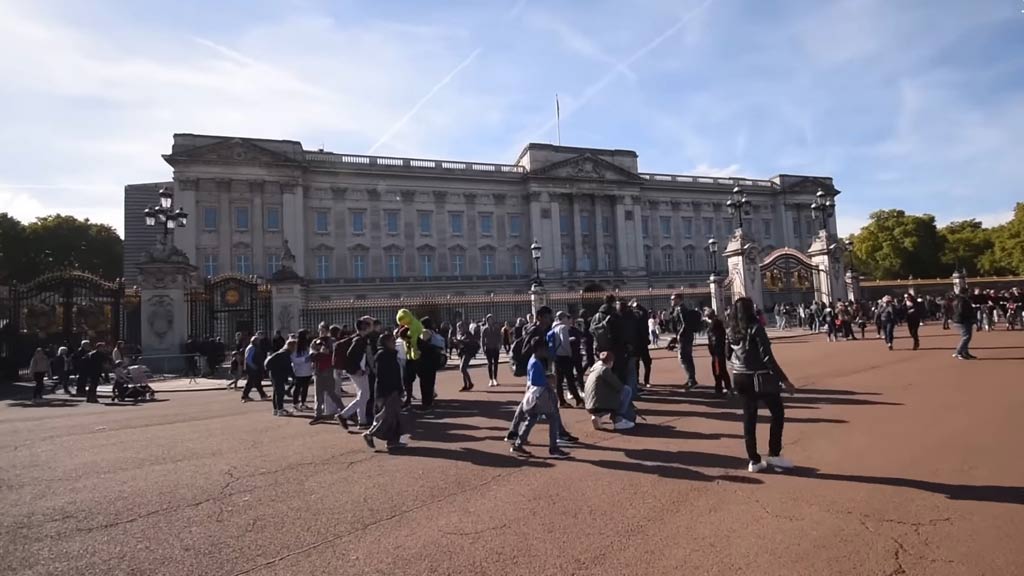
When deciding on your travel destination, it’s essential to consider various factors to ensure you have the best experience possible.
Here are some key aspects to keep in mind:
- Travel Accessibility and Time Between Cities: It’s crucial to factor in the ease of getting around and the time required to travel between different cities. Opt for destinations where commuting is convenient and doesn’t eat up too much of your precious vacation time.
- Things to Do in Each City: Choose cities that offer activities and attractions that align with your interests and preferences. Focus on places that excite you and cater to your specific travel desires to make the most of your trip.
- Accommodation Availability: Ensure that there are suitable accommodation options available in each city you plan to visit. Secure lodging that meets your needs and budget to enhance your overall travel experience.
2. Setting Your Travel Budget

When it comes to setting your travel budget, it’s crucial to start by determining how much you can comfortably spend. By figuring out this amount, you can ensure that your expenses align with your financial capabilities.
One approach is to think about your budget in terms of dollars per day. For example, if you have $2000 set aside for a 10-day trip (excluding flight costs), you know you can allocate around $200 per day for accommodations, food, activities, and miscellaneous expenses.
Having this daily estimate handy can guide you in making informed decisions throughout your trip planning process.
Estimating Your Costs
After establishing your daily budget, you can then set a rough budget for your overall trip. Keep in mind that travel plans can be unpredictable, so having a flexible approach is essential.
While it’s important to have an initial budget outline, be prepared for adjustments as you proceed with bookings and encounter unforeseen expenses.
To cover your travel expenses adequately, it’s advisable to start saving well in advance to ensure you have sufficient funds available when needed.
To maximize your savings, consider cutting back on non-essential expenses and setting up a dedicated travel fund. This proactive approach will give you peace of mind and financial security throughout your trip planning process.
Booking Priorities
When it comes to booking your trip, remember that flights should always be your first priority. Airline prices and availability can fluctuate rapidly, making it crucial to secure your flights early on in your planning process.
By taking care of your flight arrangements first, you can avoid potential cost increases and ensure that you have your transportation set for your trip.
Once your flights are booked, you can then focus on other aspects such as accommodation, activities, and additional travel expenses.
3. Determining the Length of Your Trip
Determining the length of your trip is crucial for effective planning and budgeting.
Here’s a guide to help you decide how long your trip should be:
Balancing Time and Budget Constraints
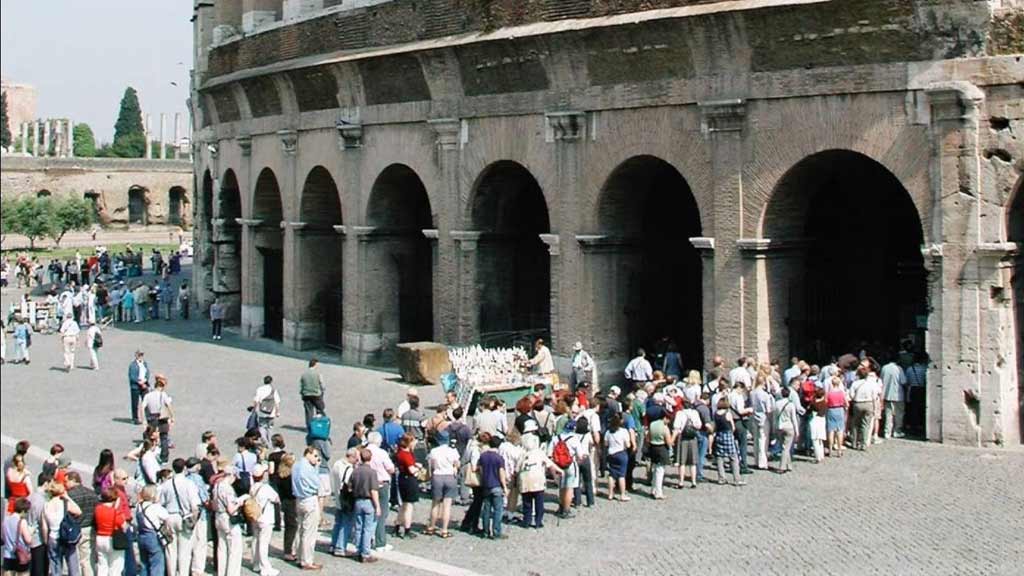
When planning your trip, the duration plays a crucial role in shaping your overall travel experience. The length of your trip directly impacts the budget you’ll need to set aside.
Consider how many days or weeks you can afford to be away, as this will influence your expenses such as accommodation, transportation, meals, and activities.
Make sure to also account for any time off work or other commitments when deciding on the duration of your trip. The longer you plan to be away, the more thorough your itinerary and budgeting should be to ensure a smooth travel experience.
Evaluating Daily Activities
To make the most of your time and finances, evaluate the daily activities you wish to partake in during your trip. Calculate how many activities you plan to do each day and ensure they are realistically achievable.
Consider incorporating a mix of historical sites, tours, museums, and local cuisine experiences to create a diverse itinerary while maintaining a balance between relaxation and exploration.
By diversifying your daily itinerary with a mix of historical sites, tours, museums, and local cuisine experiences, you can strike a balance between relaxation and exploration.
This approach ensures that you make the most of your trip while managing your time and finances effectively.
Mapping Out Locations and Proximity
Mapping out the locations of your planned activities can help optimize your travel itinerary. Group together attractions that are in close proximity to each other to avoid unnecessary travel time and costs.
By strategically organizing your daily excursions based on their locations, you can make the most of each day and minimize transit time between sites.
Consider using online maps or travel apps to plot out your activities efficiently. This will allow you to visualize the proximity of attractions and plan a more streamlined itinerary, optimizing your time and experience during the trip.
Prioritizing Top Attractions
Identify the top attractions or experiences you don’t want to miss at each destination. Star or highlight these must-see places to prioritize them in your itinerary.
By focusing on your key interests and allocating sufficient time to explore these highlights, you can ensure a fulfilling and memorable travel experience tailored to your preferences.
Consider researching specific activities or events happening during your visit to enhance your itinerary further. This way, you can make the most of your time and create a well-rounded travel plan that caters to all aspects of your interests.
4. Researching and Booking Transportation
When researching and booking transportation for your trip, it’s essential to consider various factors to ensure smooth and efficient travel.
Here are some crucial steps to help you navigate transportation options effectively:
Comparing Flights, Trains, and Other Options
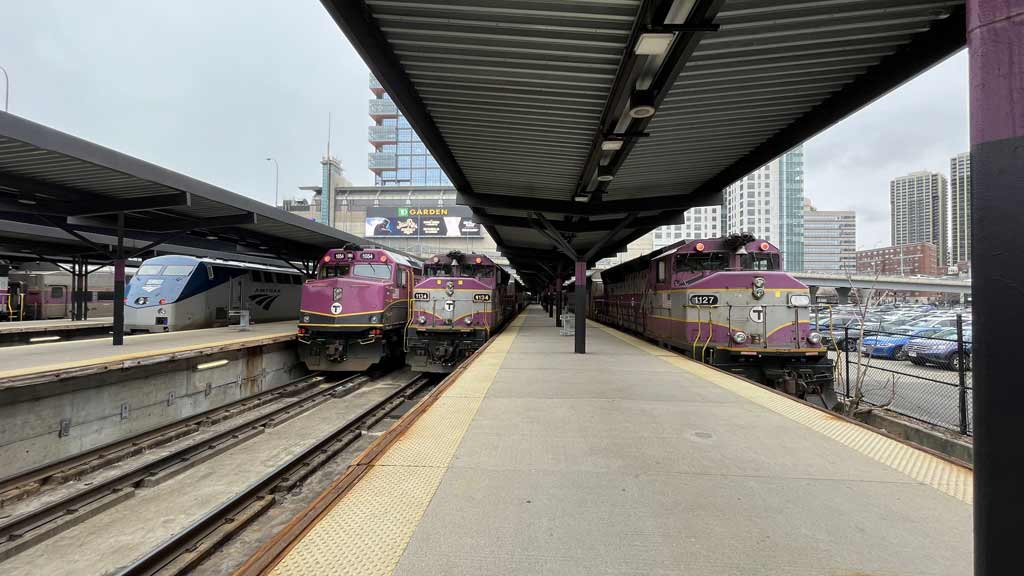
When comparing transportation options like flights, trains, and other modes of travel, take into account factors such as cost, convenience, and duration.
Flights are often the quickest mode of transportation for long distances, while trains can offer a scenic route with added comfort and flexibility.
Consider your preferences and priorities when deciding on the most suitable transportation method for your trip.
Additionally, don’t forget to factor in any potential layovers, connections, and overall travel time when choosing your transportation. It’s essential to strike a balance between efficiency and comfort to ensure a smooth and enjoyable journey.
Researching Local Transportation Systems
Before embarking on your journey, research the local transportation systems at your destination. Familiarize yourself with bus routes, train schedules, and tram services to ensure seamless navigation around the area.
Look into the feasibility of purchasing transportation passes or cards for cost-effective travel during your stay. Understanding the local transportation options will help you save time and make the most of your travel experience.
Renting a Vehicle
If you prefer the freedom of having your transportation, consider renting a vehicle for your trip. Research local driving regulations, obtain any necessary permits or licenses, and book a rental car in advance to secure the best rates.
Having a rental car can give you the flexibility to explore off-the-beaten-path locations and tailor your itinerary to your preferences.
Additionally, make sure to familiarize yourself with the insurance coverage provided by the rental company and inspect the vehicle for any pre-existing damages before driving off. This will help you avoid any unexpected costs or issues during your journey.
Booking in Advance
To secure the best transportation deals, it’s advisable to book in advance, whether it’s for flights, train tickets, or rental cars.
Advance bookings not only offer cost savings but also guarantee availability, especially during peak travel seasons.
By planning ahead and making reservations early, you can avoid last-minute hassles and ensure a stress-free travel experience.
Furthermore, booking in advance allows you to have more options to choose from and secure the most convenient schedules for your trip.
This proactive approach also provides you with ample time to make any necessary adjustments or modifications to your travel plans without feeling rushed or pressured.
Considering Airport Transfers
When planning your trip, don’t forget to consider airport transfers to your accommodation. Research various airport transfer options, such as shuttle services, taxis, or private transfers, and choose the most convenient and cost-effective option based on your preferences and budget.
Smooth airport transfers can set the tone for a seamless travel experience from the moment you arrive at your destination. Ensure to book your airport transfer in advance to avoid any last-minute hassles.
Look for reputable companies with good reviews to ensure a reliable and comfortable start to your trip. A well-planned transfer can make a significant difference in your overall travel experience.
5. Accommodation Choices

Choosing the right accommodation is essential for a comfortable and enjoyable trip.
Here are some considerations to help you decide:
Hotels vs. Rentals: What Suits Your Needs?
When it comes to choosing between hotels and rentals for your trip, it’s essential to consider what best suits your needs. Hotels offer convenience with amenities like room service, housekeeping, and on-site facilities.
On the other hand, rentals provide a homely feel with more space, kitchen facilities, and a chance to live like a local.
Hotels are ideal for short stays and travelers who prefer hassle-free accommodation options. They offer a range of room types, from standard rooms to luxury suites, catering to different budget preferences.
Most hotels are centrally located, making it easy to access popular tourist spots and transportation hubs.
Rentals, such as apartments or vacation homes, are perfect for longer stays and those seeking a more immersive experience.
With separate living areas and kitchens, rentals provide flexibility and comfort, especially for families or groups. They allow you to explore the destination at your own pace and immerse yourself in the local culture.
Consider your travel preferences, group size, budget, and desired experience when deciding between hotels and rentals.
Whether you value convenience and amenities or crave a more personalized and authentic stay, choosing the right accommodation can greatly enhance your overall travel experience.
6. Crafting a Flexible Itinerary

Crafting a flexible itinerary allows you to make the most of your trip while leaving room for spontaneity and unexpected discoveries.
Here’s how to create one:
Prioritizing Activities and Attractions
When crafting a flexible itinerary for your trip, prioritizing activities and attractions is essential. Research the top sights, landmarks, and experiences in your chosen destination.
By identifying your must-see attractions, you can plan your days efficiently while allowing room for spontaneity and unexpected discoveries along the way.
Allocating Time Wisely
Allocate sufficient time for each activity or attraction in your itinerary. Consider the time needed to travel between locations, visit each site, and indulge in the experience fully.
By allocating time wisely, you can enjoy your trip without feeling rushed or missing out on key experiences.
Flexibility for Downtime and Discoveries
While planning your itinerary, remember to incorporate downtime and leave room for unexpected discoveries.
Embrace spontaneity during your travels and be open to exploring hidden gems or unique opportunities that may arise. A flexible itinerary allows you to balance structured plans with the joy of serendipitous moments.
Checking Seasonal Considerations
When crafting your itinerary, be mindful of any seasonal considerations that may impact your travel plans. Some attractions or activities may be seasonal or subject to weather conditions. By checking for seasonal variations in advance, you can adjust your itinerary accordingly and make the most of your trip.
Adapting to Local Events
Stay informed about local events or festivals happening during your travel dates. Adapting your itinerary to include participation in local events can provide you with a rich cultural experience and memorable insights into the destination’s traditions and celebrations. Embrace the local culture and enhance your trip with authentic experiences.
7. Pre-Trip Preparations
Preparing for your trip beforehand can streamline your travel experience and minimize stress.
Here’s a checklist to ensure you’ve covered all the essential pre-trip preparations:
Visa, Passport, and Health Requirements
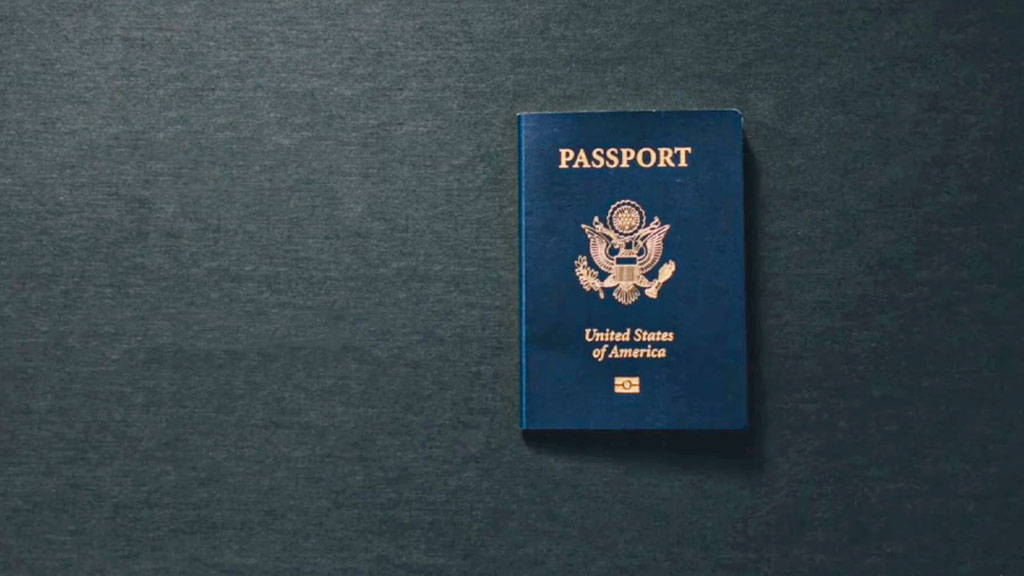
Before embarking on your trip, ensure you have checked the visa and passport requirements for your destination. For most countries, Americans usually do not need a visa, but it’s always wise to verify this information.
Additionally, make sure your passport is valid for at least six months beyond your return date as many countries enforce this rule.
Regarding health considerations, consult the CDC website to determine any recommended vaccinations and health risks for your destination.
It’s essential to prioritize your health and safety during travel by being informed about potential health threats and taking necessary precautions.
Travel Insurance
Never underestimate the importance of travel insurance. While we all hope for smooth and trouble-free journeys, unexpected events can happen.
Proper travel insurance provides peace of mind and financial protection in case of emergencies such as trip cancellations, medical issues, or lost luggage. Prioritize purchasing travel insurance to safeguard your trip and avoid unforeseen expenses.
8. Packing Smart
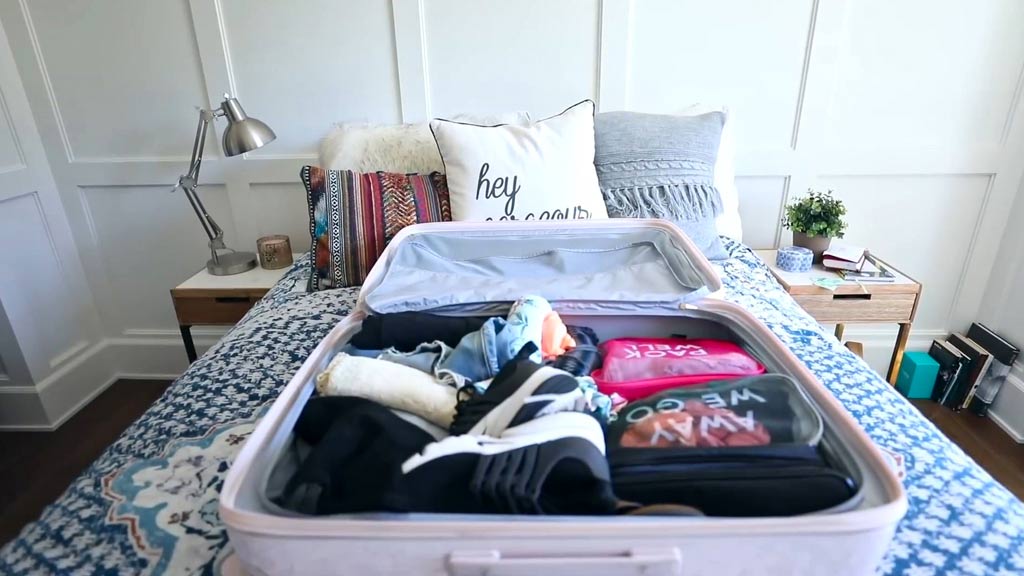
Packing smart can make your trip more comfortable and hassle-free.
Here are some tips to help you pack efficiently:
Essentials and Efficient Packing Tips
When it comes to packing for your trip, prioritizing essentials and adopting efficient packing tips can streamline your travel experience and ensure you have everything you need at your fingertips without unnecessary bulk or weight.
Here are some key tips to pack smartly and efficiently:
- Pack Light: Opt for versatile clothing items that you can mix and match to create multiple outfits. Choose lightweight and wrinkle-resistant fabrics to minimize the need for ironing and save space in your luggage.
- Roll Your Clothes: Rolling your clothes instead of folding them can help save space and prevent wrinkles. This packing technique is especially useful for smaller items like t-shirts, jeans, and casual wear.
- Use Packing Cubes: Invest in packing cubes to organize your belongings efficiently. These handy organizers help compartmentalize your clothes, shoes, toiletries, and other items, making it easier to locate items in your luggage.
- Limit Your Shoes: Shoes can take up a significant amount of space in your luggage. Try to limit yourself to a few pairs that are versatile and suitable for various occasions. Wear your bulkiest pair during travel to save space.
- Pack Dual-Purpose Items: Opt for items that serve multiple purposes, such as a scarf that can double up as a blanket, a sarong that can be a beach cover-up or a picnic blanket, or a jacket with multiple pockets for storage.
- Smart Toiletry Selection: Minimize toiletry items by opting for travel-sized containers or purchasing toiletries at your destination. Consolidate items like shampoo, conditioner, and body wash into reusable travel-size bottles.
- Utilize Empty Spaces: Fill empty spaces in your shoes with socks or small items, store chargers and cables in sunglasses cases, and use your clothing to wrap fragile items like electronics or souvenirs.
9. Ensuring a Smooth Departure

Ensuring a smooth departure is essential for starting your trip on the right foot.
Here’s a checklist to help you prepare for departure day:
Last-Minute Checklist and Departure Tips
Before you embark on your journey, it’s crucial to run through a last-minute checklist and follow these departure tips to ensure a seamless start to your trip.
- Travel Documents: Double-check that you have all your essential travel documents, including your passport, visas, boarding passes, and any required travel insurance papers. Keep them organized in a secure travel document holder for easy access.
- Packing Verification: Take a final look at your packing list to ensure you haven’t forgotten any important items. Check for travel essentials like chargers, adapters, medications, and any specialized gear you might need for your trip.
- Luggage Weight: Weigh your luggage to avoid any surprises at the airport. Make sure your bags comply with airline weight restrictions to prevent additional charges or having to repack belongings at the last minute.
- Secure Home: Secure your home before you leave. Double-check that all appliances are turned off, windows and doors are locked, and any necessary security measures are in place. Consider informing a trusted neighbor or friend of your travel plans.
- Travel Notifications: Notify your bank and credit card companies about your travel dates and destinations to prevent any payment issues while abroad. It’s essential to avoid unexpected card blocks due to foreign transactions.
- Airport Transportation: Arrange transportation to the airport in advance. Whether it’s a ride-sharing service, airport shuttle, or driving yourself, ensure your transport is scheduled to avoid any stress on the day of your departure.
Frequently Asked Questions
What are the key factors to consider when choosing a travel destination?
Consider accessibility, activities, and personal preferences when choosing a destination. Research options thoroughly before finalizing your choice.
How do I estimate travel costs and set a budget?
Estimate costs for flights, accommodation, activities, and food. Set a realistic budget covering all aspects of your trip to avoid overspending.
Why is crafting a flexible itinerary important?
A flexible itinerary allows for adjustments and spontaneity during your trip. Prioritize activities, allocate time wisely, and adapt plans for a better cultural experience.
When is the ideal time to start planning a trip?
Start planning 6-12 months in advance for comprehensive trips. For simpler getaways, 1-3 months’ planning is sufficient.
What packing tips can enhance my travel experience?
Prioritize essentials, use efficient packing techniques, and maximize space in your luggage. Smart packing ensures a smoother journey.
Conclusion
Planning a trip involves various key steps to ensure a smooth and enjoyable travel experience.
From researching destinations, setting a budget, and choosing activities that align with your interests to packing efficiently and considering last-minute departure checks, every aspect plays a vital role in a well-organized itinerary.
Remember that selecting cities to visit should be based on factors like travel accessibility, preferred activities, and accommodation availability.
Prioritize destinations that captivate your imagination and align with your passions rather than merely following popular tourist hotspots. Personal preferences and travel goals should always guide your itinerary planning.
When it comes to packing, focus on essentials, use smart packing techniques, and opt for multi-purpose items to maximize space in your luggage.
A well-organized suitcase with all necessary items will ensure you have everything you need while on the go. Don’t forget to double-check your checklist before departure to avoid any last-minute hassles.
Naim Benmayor